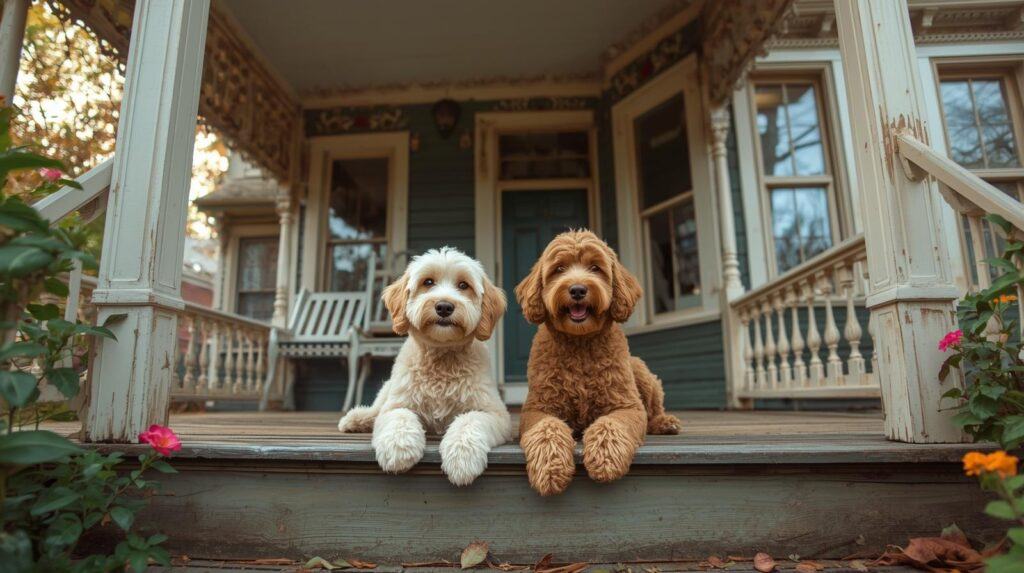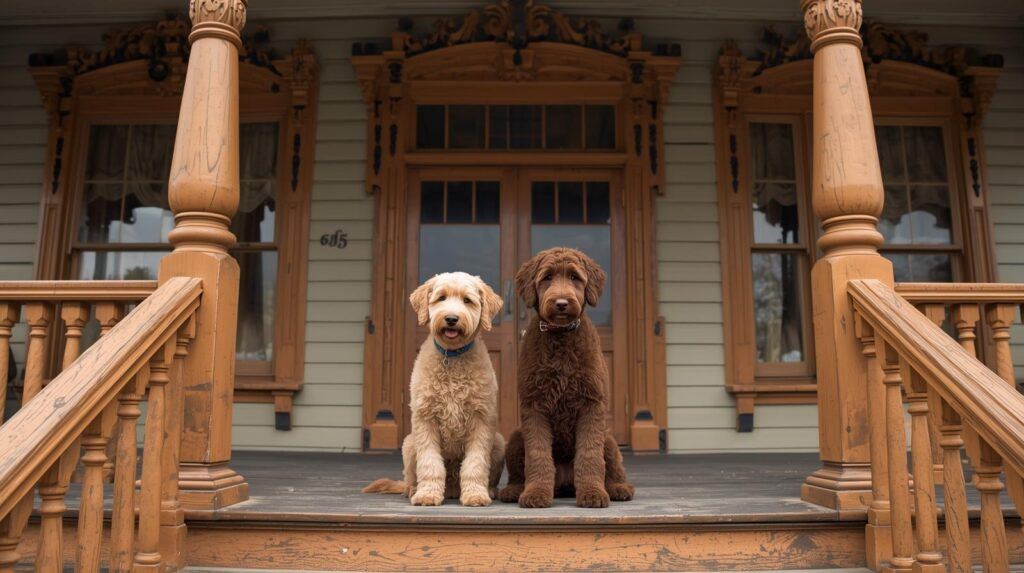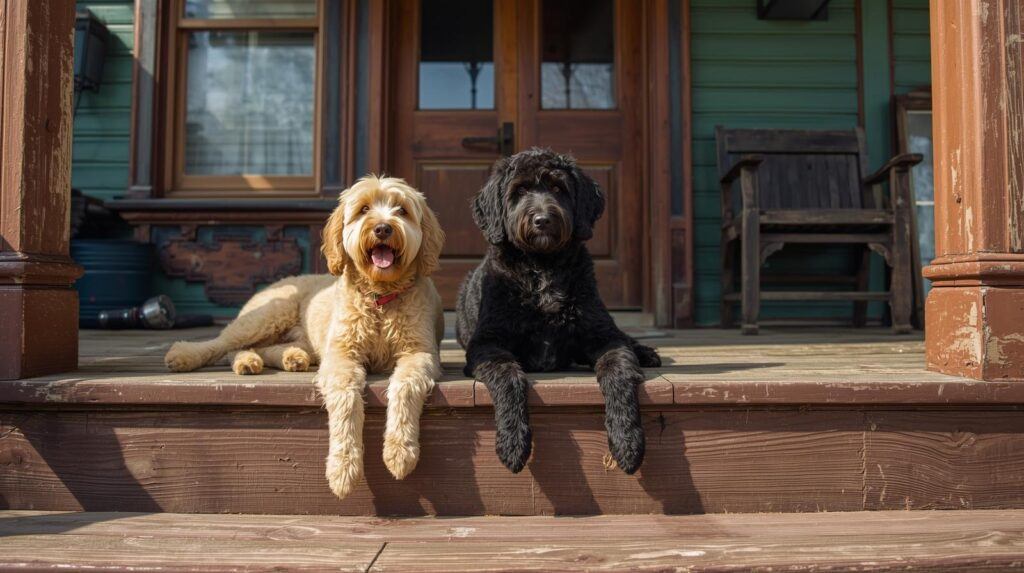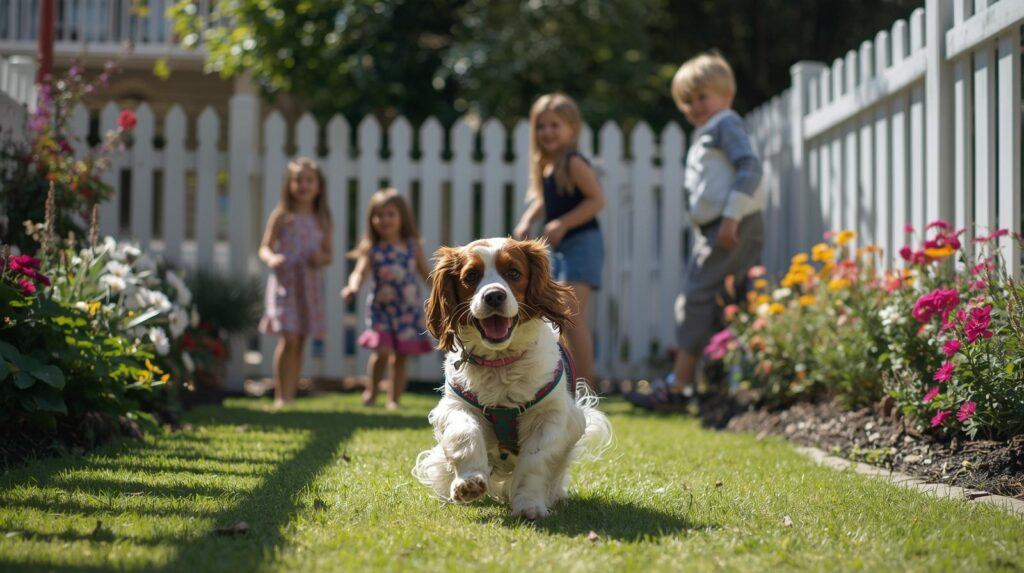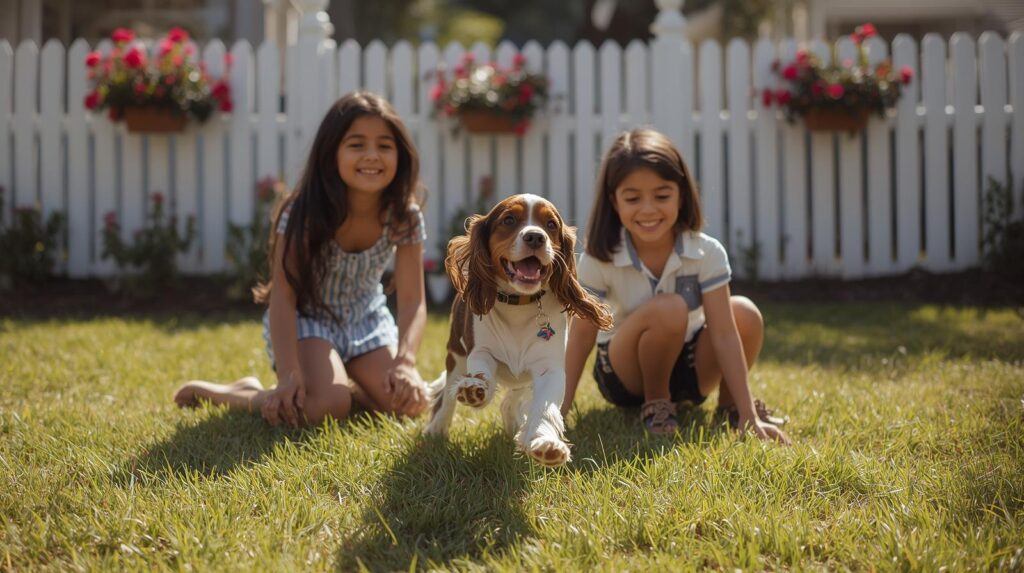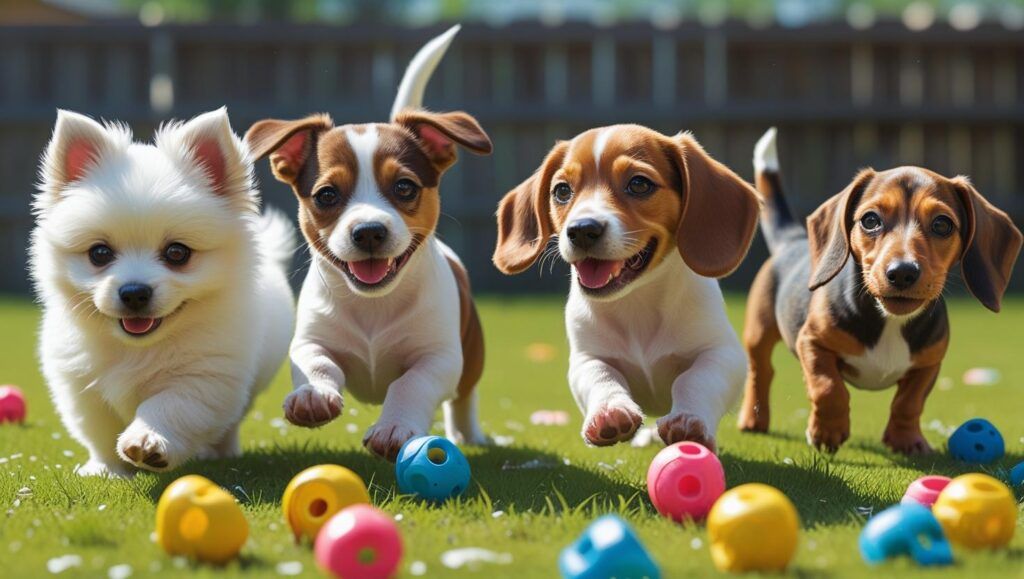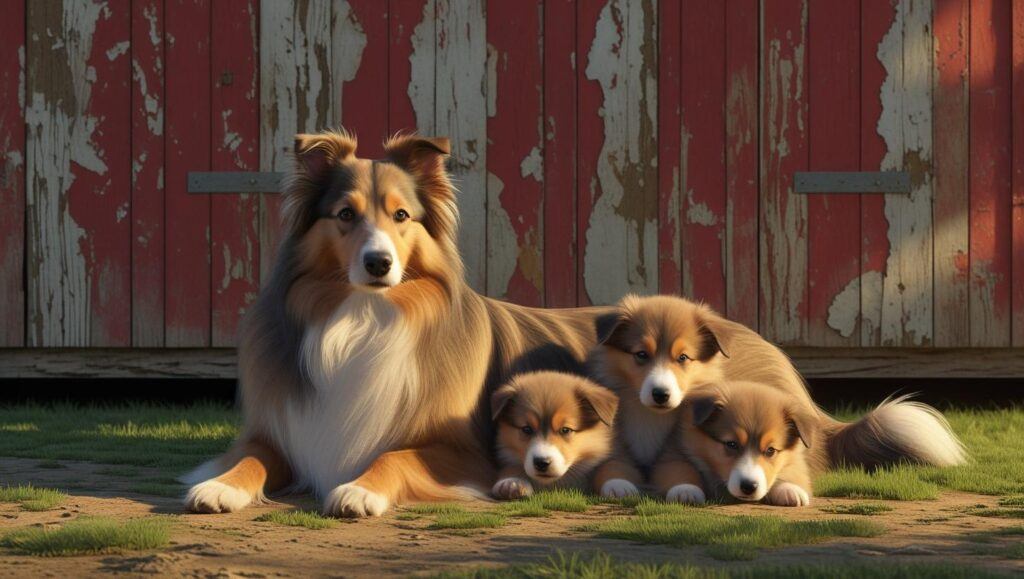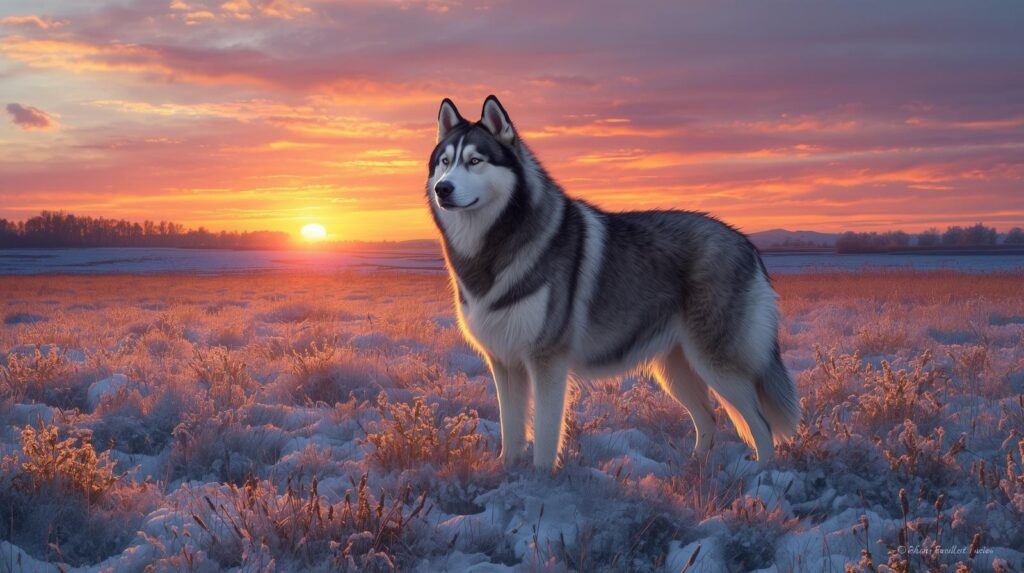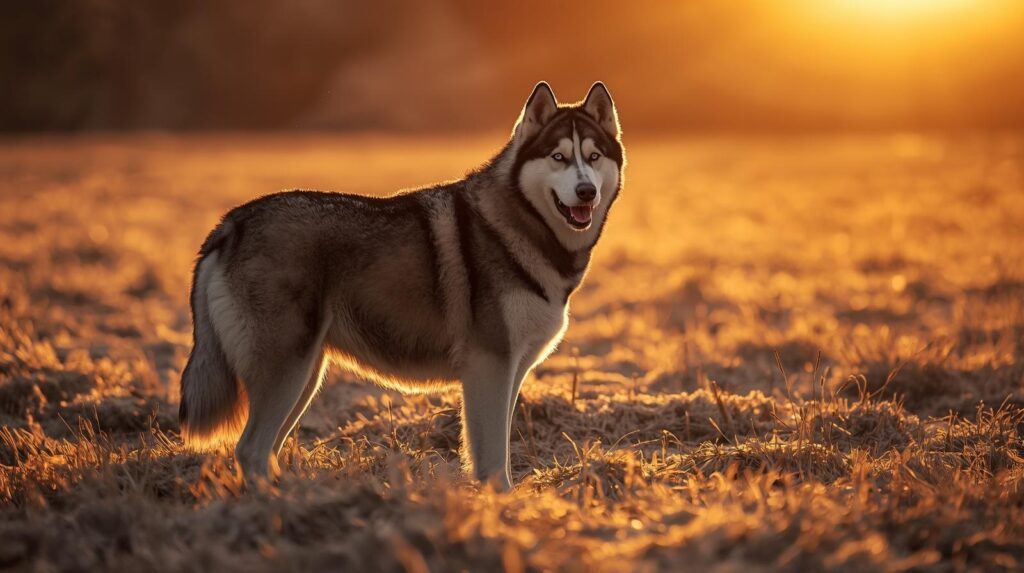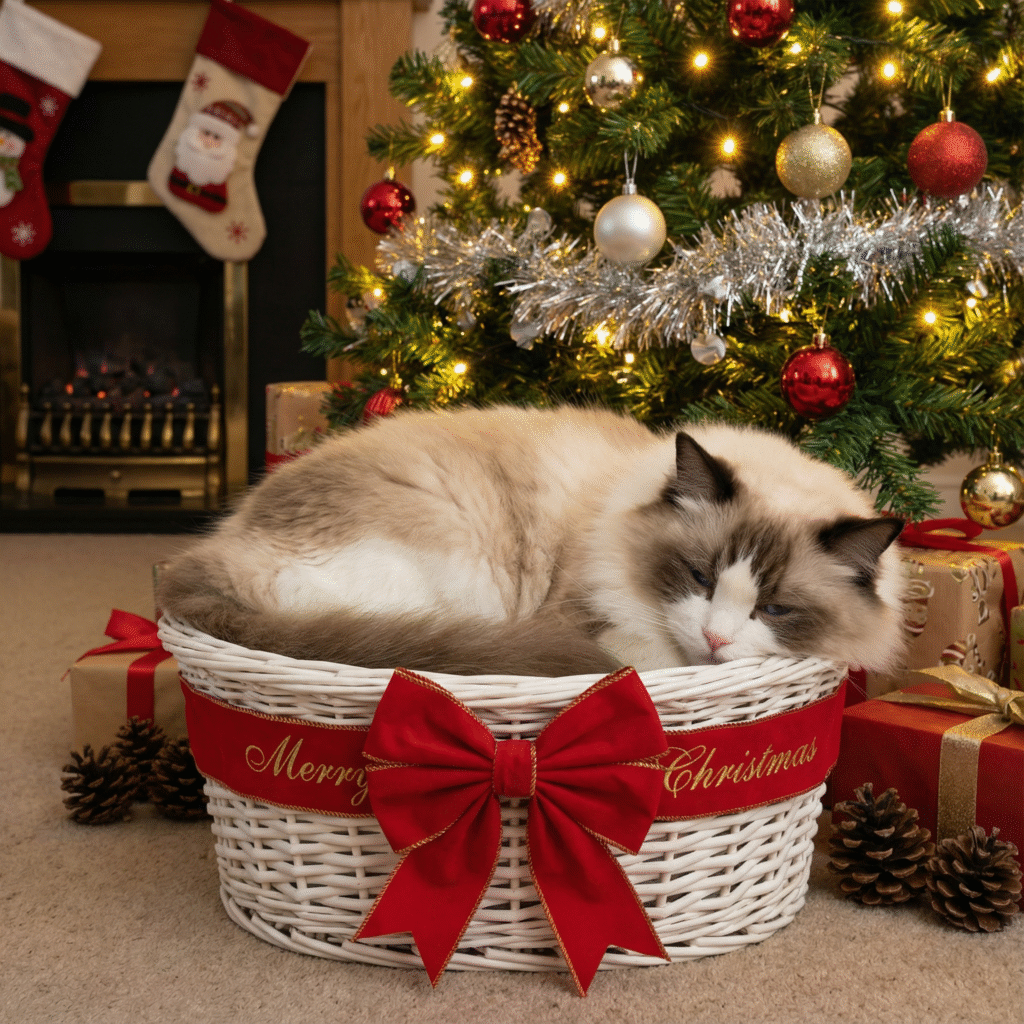
Ragdoll cats have captured the hearts of many with their striking blue eyes and soft, fluffy coats. This breed got its start in California during the 1960s when a Persian-Birman mix named Josephine became the foundation for these charming felines. Known for their large size and gentle nature, Ragdolls have quickly become one of the most sought-after breeds.
One of the first things you might notice about a Ragdoll is their impressive size. These cats can weigh anywhere from 10 to 20 pounds, making them one of the larger breeds around. Their semi-long silky fur doesn’t just add to their elegance; it keeps them looking plush and luxurious. Despite their fluffy appearance, Ragdolls don’t have an undercoat, which means less shedding than you might expect.
What really sets Ragdolls apart is their laid-back personality. These cats are often described as ‘dog-like’ because of their affectionate nature. They love being around people and are known to follow their owners from room to room, sometimes even greeting visitors at the door. This makes them perfect for families or anyone who wants a feline friend that’s less aloof than your typical cat.
In terms of personality, Ragdolls often get compared to breeds like the Maine Coon or the Siberian, but they have a uniquely calm disposition that makes them a favorite among cat lovers. Unlike some cats that prefer solitude, Ragdolls thrive on companionship, which means they are less likely to hide when guests come over.
Living with a Ragdoll Cat: Lifestyle and Care Needs
When you’re sharing your space with a Ragdoll cat, it’s all about understanding their unique needs to ensure they feel at home. These laid-back felines are known for adapting well to different environments, but there are a few things to keep in mind to make their lives comfortable.
Ragdolls do best in homes that offer them plenty of attention and affection. They’re not the kind of cats who like to be left alone for long stretches, so if you’re often away, consider a pet sitter or even adopting another Ragdoll to keep them company.
When it comes to feeding, Ragdolls thrive on a balanced diet rich in protein. It’s crucial to watch their weight since they’re more prone to obesity given their indoor nature and love for lounging. Wet food can be a great addition to ensure they stay hydrated, especially if they’re not big on drinking water.
These majestic cats aren’t high-energy, but they’ll still appreciate a bit of playtime each day to keep them fit. Interactive toys and even a game of fetch can spark their interest and help burn off some calories.
Grooming a Ragdoll is surprisingly low-maintenance, considering their luxurious coat. Regular brushing helps keep shedding in check and prevents matting. A quick grooming session a couple of times a week should do the trick, but don’t forget to check those nails and ears during your grooming routine.
Health Considerations: Ensuring a Happy, Healthy Ragdoll
Keeping your Ragdoll in top shape requires a bit of knowledge about their specific health needs. Like any breed, they’re prone to certain health issues that owners should be aware of to catch problems early and keep everything A-OK.
Some Ragdolls can be prone to hypertrophic cardiomyopathy, a heart condition that’s more common in purebred cats. Regular check-ups with the vet are essential to catch any signs early. Keeping up with vaccinations and dental care rounds off a good healthcare routine.
Managing their weight is key to avoiding obesity-related issues. While they might love lounging around, encouraging play and monitoring their diet helps keep the extra pounds off. Opt for vet-recommended food options that are balanced with enough protein and nutrients.
Keep an eye out for any changes in behavior, appetite, or energy levels. Early intervention can make a significant difference if something seems off. As any seasoned cat owner will tell you, knowing your pet’s usual antics makes spotting the unusual so much easier.
Fostering a Bond: Building a Relationship with Your Ragdoll Cat
Getting to know your Ragdoll’s unique communication style is key to building a strong bond. These cats often communicate through gentle vocalizations, body language, and those expressive eyes. Meeting them halfway by responding to these cues helps form a closer connection.
Training a Ragdoll can be a rewarding experience thanks to their intelligent and curious nature. With a little patience, you can teach them simple commands or tricks. Positive reinforcement goes a long way, so keep things upbeat and rewarding with treats and praise.
Providing mental stimulation through interactive toys or puzzle feeders keeps them engaged and happy. Ragdolls love a challenge, and creating exciting experiences is great for their well-being.
Spending quality time is what strengthens the bond with your Ragdoll. Whether it’s a cozy afternoon nap together or a playful session of gentle chasing games, these shared moments make all the difference in nurturing a loving relationship. Every minute spent together is an investment into a deeper, more fulfilling connection.
Amazon Associate receives compensation for qualified purchases
